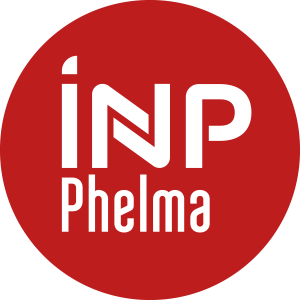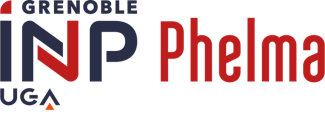Volumes horaires
- CM 10.0
- Projet 0
- TD 10.0
- Stage 0
- TP 0
- DS 0
Crédits ECTS
Crédits ECTS 3.0
Objectif(s)
Using a highly accessible style and format this lecture will provide an understanding of the underlying principles, benefits, and limitations of optical techniques currently used in cell biology. Without relying on complex mathematics we are going to address basic concepts in imaging biological systems. The main spirit of this series of lectures is not to make a list of techniques but mostly to offer a guide to navigate through the main concepts and methods of this field. The objective being to give to experimentalists a global vision of the concepts that are required to design an experiments allowing them to acquire images of living species and ultimately extract quantitative informations from them.
In details we are going to address basic concepts in imaging such as contrasting techniques, fluorescence and also explores advanced techniques such as quantitative fluorescence, three-dimensional imaging, nonlinear microscopy, optogenetics and super-resolution. Of course we'll also have to spend some time on multiple appendices on cell handling, labeling, and image manipulation. One lecture will also be dedicated to the discovery of imaging techniques used in different laboratory based in Grenoble.
Contact Davide BUCCIContenu(s)
Lecture 1: Basics of image acquisition and treatment
Finding the right compromise: Keeping the sample alive while having contrast for segmentation and ultimately image quantification
Lecture 2: Bright field Microscopy
Label free techniques: How to get contrast?
Lecture 3: Practicals
Get involved into real microscopy with local researchers. Students will do a practical by group of 3 around specific research set-ups in Grenoble research units.
Lecture 4: Contrast agent and specificity
The secret art of fluorophores cocktails to image specific structures while getting away from photobleaching
Lecture 5: Sectioning
From 2D to 3D, basic principles of optical sectioning: from TIRF to Lattice light sheet microscopy
Lecture 6: Active probes in biology
How to use fluorophores, not only to see structures but also to get information about their activity.
Lecture 7: A short introduction to Optogenetics
Doing biochemistry in real time: Perturbation of biological systems with time and space resolution!
Lecture 8: Introduction to FIJI
Basics of macro programming in FIJI up to machine learning using Weka. One goal: segment our images.
Lecture 9: Non linear microscopy
Principles and biomedical applications
Lecture 10: Super-resolution
How to break the diffraction limit: visiting STED, PALM and beyond
Prérequis
Semestre 9 - L'examen existe uniquement en anglais 
100% Oral
Examen organisé par l'UGA
100% Oral
cf règlement d'examen CMLM ou Nanosciences
Semestre 9 - Le cours est donné uniquement en anglais 



